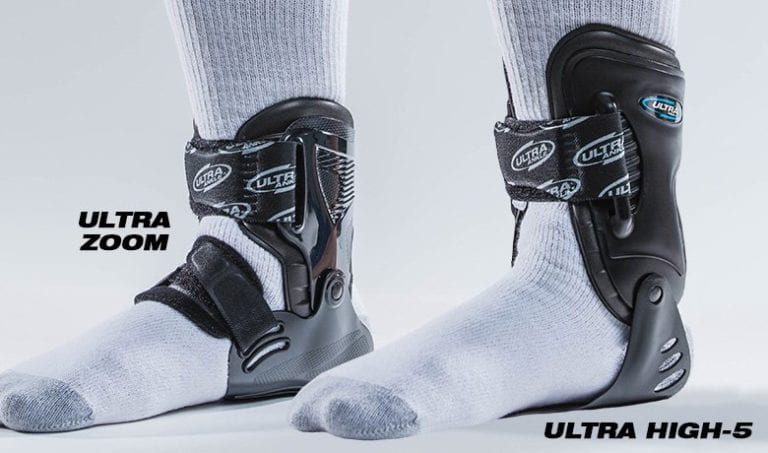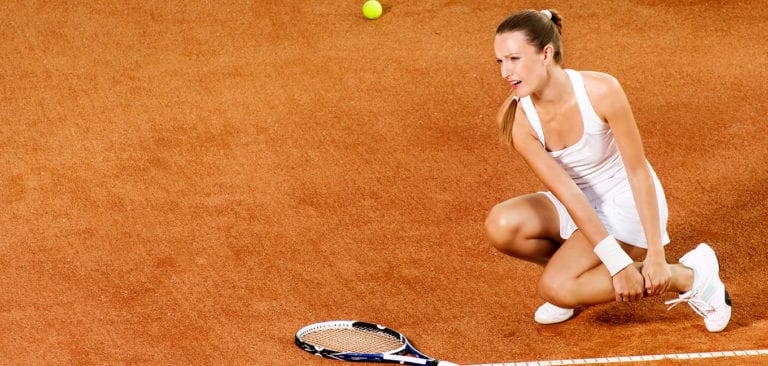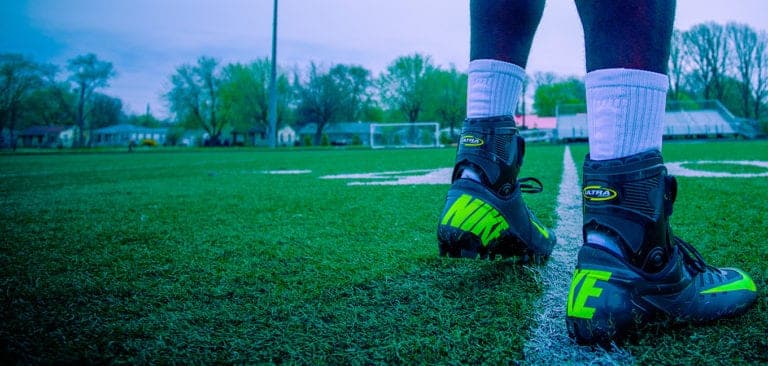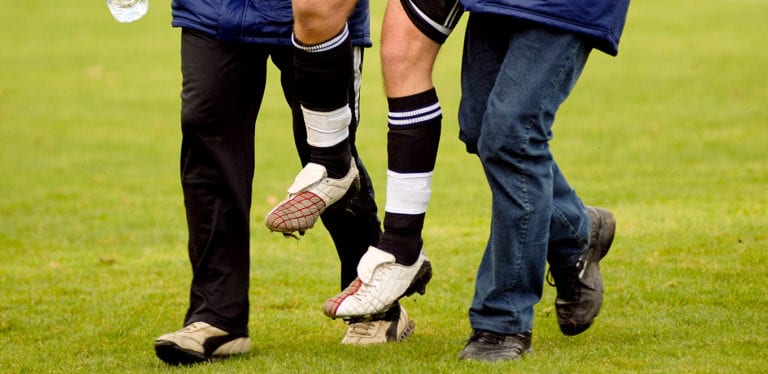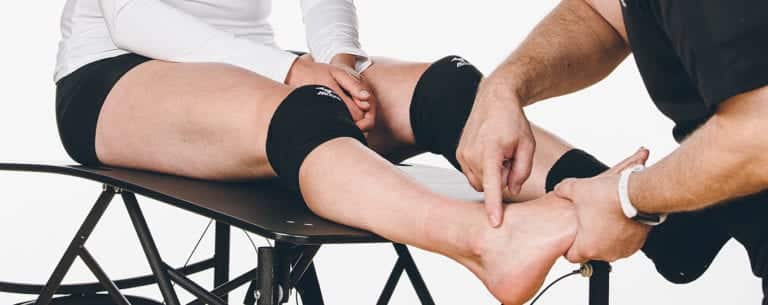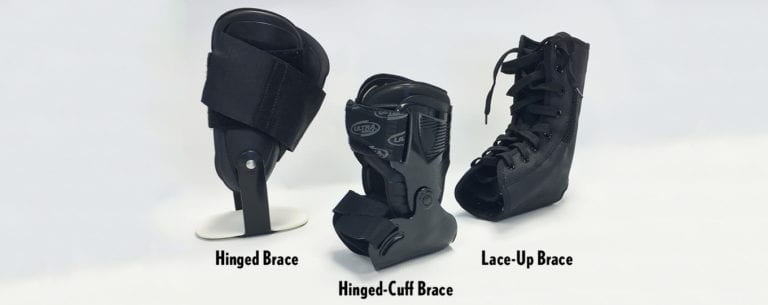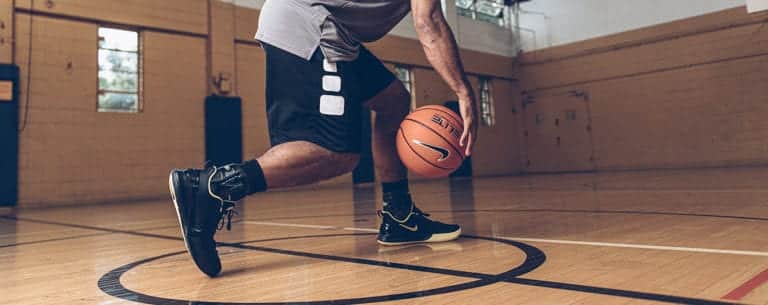Volleyball players are known for their dynamic jumps, quick pivots, and intense gameplay, making them particularly susceptible to ankle injuries. Ankle braces have emerged as essential gear for athletes aiming to mitigate this risk. Here’s why ankle braces are crucial for volleyball players.
Why Are Ankle Injuries Common in Volleyball?
Ankle injuries are the most common injury in volleyball, accounting for a significant portion of the sport’s injuries. These typically occur during jumps, especially at the net, when a player lands on another player’s foot, causing the ankle to twist unnaturally. The repetitive nature of the sport, involving constant jumping and quick directional changes, puts additional strain on the ankles, increasing the likelihood of injuries like sprains and strains (Performance Health) (Children’s Hospital Colorado).
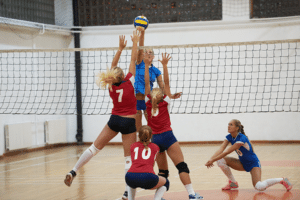
How Do Ankle Braces Help Prevent These Injuries?
Ankle braces are designed to provide stability and support, reducing the risk of injuries by limiting excessive movement that could lead to ankle sprains. Studies have shown that using ankle braces can significantly decrease both first-time and recurrent ankle injuries. They help maintain proper alignment and absorb the impact of jumps and rapid movements, which are common in volleyball (UPMC | Life Changing Medicine). One ankle brace, the Ultra Zoom® by Ultra Ankle®, stands out as an industry leader in not only helping to prevent ankle injuries, but also allowing the athlete to maintain their ankle’s natural range of motion and not limiting performance.
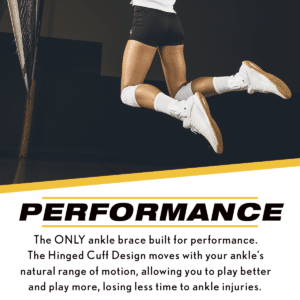
Benefits of Using the Ultra Zoom® Ankle Brace
- Injury Prevention: The Ultra Zoom® ankle brace offers a hinged-cuff design that provides superior support without restricting the natural range of motion. This design helps prevent both low and high ankle injuries by stabilizing the ankle during dynamic movements (Ivy Rehab).
- Enhanced Performance: By providing confidence and stability, the Ultra Zoom® brace allows players to perform at their best. Athletes can push their limits on the court without the constant fear of ankle injuries, thus enhancing overall performance. The Ultra Zoom® allows athletes to play better and play more, losing less time to ankle injuries.
- Cost-Effectiveness: Investing in a high-quality ankle brace like the Ultra Zoom® is cost-effective compared to the potential medical expenses and lost playtime associated with ankle injuries. This preventive measure is a wise investment for long-term health and performance (Volleyball Gear Guide).
Do Ankle Braces Affect Knee Health?
Some athletes worry that restricting ankle movement might increase the risk of knee injuries. However, evidence suggests that while ankle braces limit movements that could lead to ankle injuries, they do not increase the risk of knee injuries. Properly designed braces like the Ultra Zoom® provide a balance between support and mobility, ensuring overall lower limb safety (Ivy Rehab) (UPMC | Life Changing Medicine).
How Does Investing in an Ankle Brace Compare to Potential Medical Costs?
The cost of an ankle brace is minor compared to the potential medical costs incurred from an ankle injury. Ankle injuries can lead to expensive treatments, including physical therapy and surgery, not to mention the lost time from sports and other activities. Using a preventive measure like the Ultra Zoom® ankle brace can save significant costs and ensure that players remain active and healthy (Children’s Hospital Colorado).
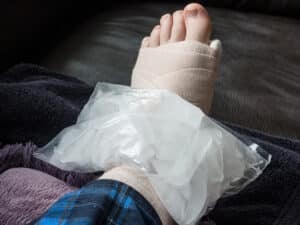
Conclusion
Ankle braces, particularly the Ultra Zoom®, are essential for volleyball players. They offer injury prevention, enhance performance, and are cost-effective. By incorporating ankle braces into their gear, players can safeguard their health while elevating their game. Embrace the power of prevention and play confidently with the Ultra Zoom® ankle brace.

